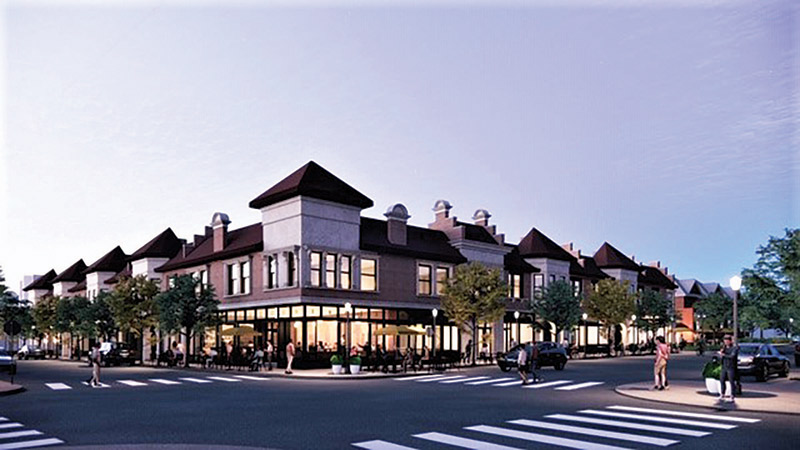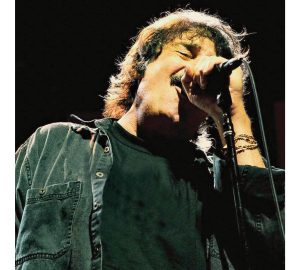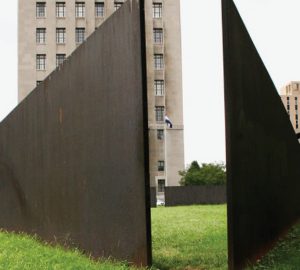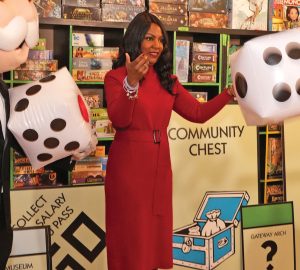cwe | Chess typically has a winner and a loser, and with one false move, game over. But it looks as though the moves Saint Louis Chess Club has been making at Maryland and Euclid avenues in the CWE are sure to deliver a win-win for the metro. The campus will soon operate in 20,000 square feet, encompassing a larger Chess Club and Kingside Diner, adjacent to the existing club space. The expansion has gobbled up former restaurant space, but it’s pretty much all good: Brennan’s, at 4659 Maryland, has been providing delivery service to those who crave adult beverages and snacks until it reopens just around the corner on Euclid. Culpepper’s and FroYo, which were also in the expansion footprint, closed. The pandemic can be blamed for none of this: The deal was pretty much hammered out in November, during the old normal, if you can remember what that was like. Brennan’s had opened as a bar and cigar shop in Aught-Three. Culpepper’s had been eligible for Medicare for 19 years; it had been a fixture at the corner for 84 years. But don’t cry for me, cantina: We surmise everyone made a satisfactory exit, because the founder of the chess club at its present location in 2008—political donor, philanthropist, etc., etc. Rex Sinquefield—is the financial muscle and visionary intent on solidifying the StL’s position as national chess capital, and, as he added in a statement, “the preeminent global destination for lovers of the sport.” The expansion project is under way and officials expect it to be complete by late spring or early summer 2021. Kingside Diner also will get some renovation love, plus a revised menu. Maybe even a new name. (Might it have something to do with a bishop, since they’ve resided elsewhere in the CWE, near the cathedral. No? OK.) Anyhow, who knows? Maybe by then life won’t be so virtual. Let’s hope audiences may attend and opponents compete without face masks.
grand center
Many of us white folks grew up in suburbia; we or our parents evacuated the city for any number of reasons, not the least of which sociologists and historians characterize as ‘White Flight.’ An accident of birth? Well, as a wise person, or wiseacre, once said, many Caucasians were born on third base and feel like they hit a triple. Unfortunately, a pre-Civil Rights-era mindset persisting among many whites, and systemic racism—from discriminatory policing up to and including homeowners association bylaws—has managed to perpetuate an illusion that Blacks are somehow ‘less than.’ But public television, especially kids programming, has faced this disparity head-on. A recent PBS special on Channel 9, KIDS Talk About: Race and Racism, features kids and their parents talking about race and racial justice-related topics in an age-appropriate way, such as noticing differences in race, understanding what racism can look like, and embracing the role we all have to play in standing up for ourselves and each other. Broadcast recently, the special is available on-demand as well as on the PBS KIDS video app and via PBS KIDS’ Facebook, YouTube, and Instagram. In addition, Nine Network has compiled dozens of resources to support families and educators of young children as they talk, watch, read and learn about race and racism at ninenet.org/talkingwithkids.
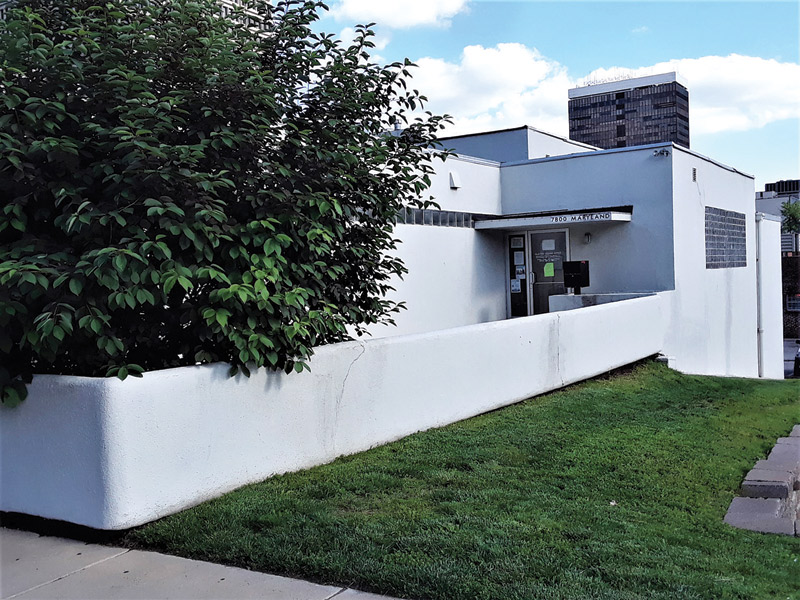
clayton
Lovers of vintage architecture, especially buildings on the National Register of Historic Places, rejoice! It appears that the Shanley Building, 7800 Maryland Ave. in Clayton, will not have a date with the wrecking ball after all. Original plans for a $175 million high-rise condo development got the city’s thumbs-down in favor of the proposed $85 million Bemiston Place, an eight-story apartment building with street-level retail. Built in 1935, the Shanley will be renovated and incorporated into the design, perhaps to serve as storage for residents’ bicycles and such. Why were preservationists
so intent on its staying put? Bulldozing the unique building, the first example of the International Style in these parts, would have been an offense to architecture as awful as razing a Frank Lloyd Wright house in favor of a McMansion. Listed since the 1980s on the National Register, the Shanley is one of the earliest Modernist buildings in the metro, winning Edwardsville, Illinois, architect Harris Armstrong a silver medal at the Paris Exposition of 1937. People who’ve only been there because they had to get some odious DMV task completed on the very last day of the month at the Clayton License Office were likely in too much of a hurry to notice that the Shanley “strives to achieve a purity of forms—unblemished geometric shapes that overlap and intertwine.” The two-story rear face consists almost entirely of windows; glass block was employed liberally on the stuccoed concrete exterior. Alrighty, then—how much attention could the original developer have given to the consideration that Armstrong was, arguably, the StL’s greatest Modernist architect? Many of his homes and other commercial buildings are as subtly engaging as the Shanley. But one is simply va-va-voom: the swooping Ethical Society of St. Louis building on Clayton Road just west of the Galleria.
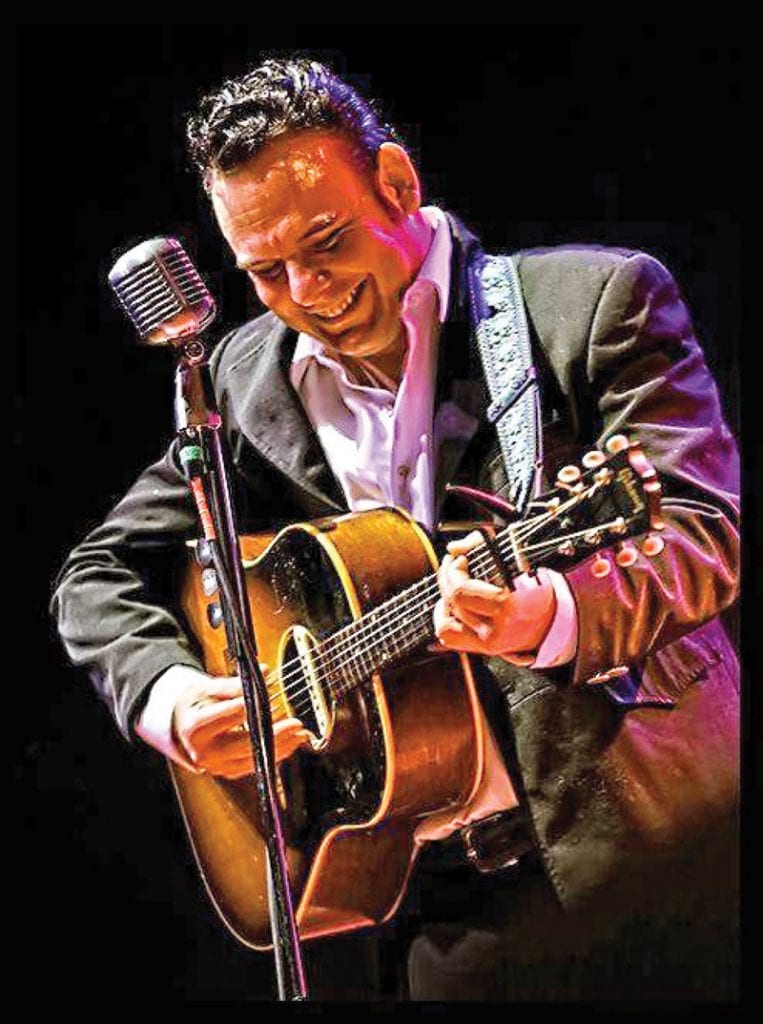
notable neighbors
fenton
There was only one Johnny Cash, as there was only one Elvis. Still, countless Elvis impersonators ham it up, clown around and present themselves as caricatures. Anyone can pretend to be Elvis. We’ll bet on Halloween you see someone in a tacky, ridiculous spangled jumpsuit topped off with a wig, dark glasses and mutton chop sideburns. The King’s memory has been a tragicomedy ever since he died in 1977 at 42. Johnny Cash has only been gone since 2003. He was 71. Both stars were renowned for fighting dual demons: alcohol and drugs. Bill Forness, 46, on the other hand, is sober, clear-eyed and focused on delivering the most faithful Johnny Cash tribute anywhere. And he knows, and loves, what he does: In August he celebrated 10 years of paying his respects, in performance, to the Man in Black. His musical chops? Forness has an impressive baritone and knows his way around an acoustic guitar. He plays a 1957 Gibson akin to the one his idol strapped over his shoulder thousands of times during a storied career. A fan ever since hearing “A Boy Named Sue” at age 10, Forness has been in bands since forever, and started adding Cash songs to the repertoire a couple years before going all out—first learning every tune on the 1968 live album At Folsom Prison. He then seriously studied John R. Cash for a full year, absorbing concert footage and becoming glued to YouTube to get the voice and mannerisms just so. “Hello, I’m Johnny Cash…” are the legend’s first words on the Folsom album, and it’s surreal to hear Forness say that, then channel the iconic voice, persona and mannerisms into songs and true stories. Forness performs solo and also fronts Bill Forness & One More Round. He has released several CDs, including one of Cash gospel songs. “I didn’t know it would work out quite this way,” he says of his career, with a chuckle. Did we mention he’s gone all out? Occasionally he appears with a cast of about a dozen as The Folsom Prison Experience. ‘June’ is onstage, along with musicians playing the other Carter sisters, Mother Maybelle, Carl Perkins and the Statler Brothers. By January, Forness and his wife, Dawn, had booked about 200 dates for 2020, from just a man and his guitar to the full variety show. It all evaporated in a coronavirus haze by mid-March. Meanwhile, they took a leap of faith: sold their house and packed into a 34-foot RV that they live in with their pooch at a Fenton RV park … when not on the road. Johnny and June Carter Cash managed to bounce back, and so have Bill and Dawn Forness. They’ve just returned from a recent tour of six states; 19 shows in 21 days, all in the open air. As the weather changes, they’ll head to Florida as snowbird troubadours. Until the virus is vanquished, weather permitting, they’ll play outdoors. “The dream is to have our own venue,” he says. “Maybe in Branson, Pigeon Forge or Orlando.” Who’s to say he won’t? You, too, may come to believe at jcashtribute.com.





